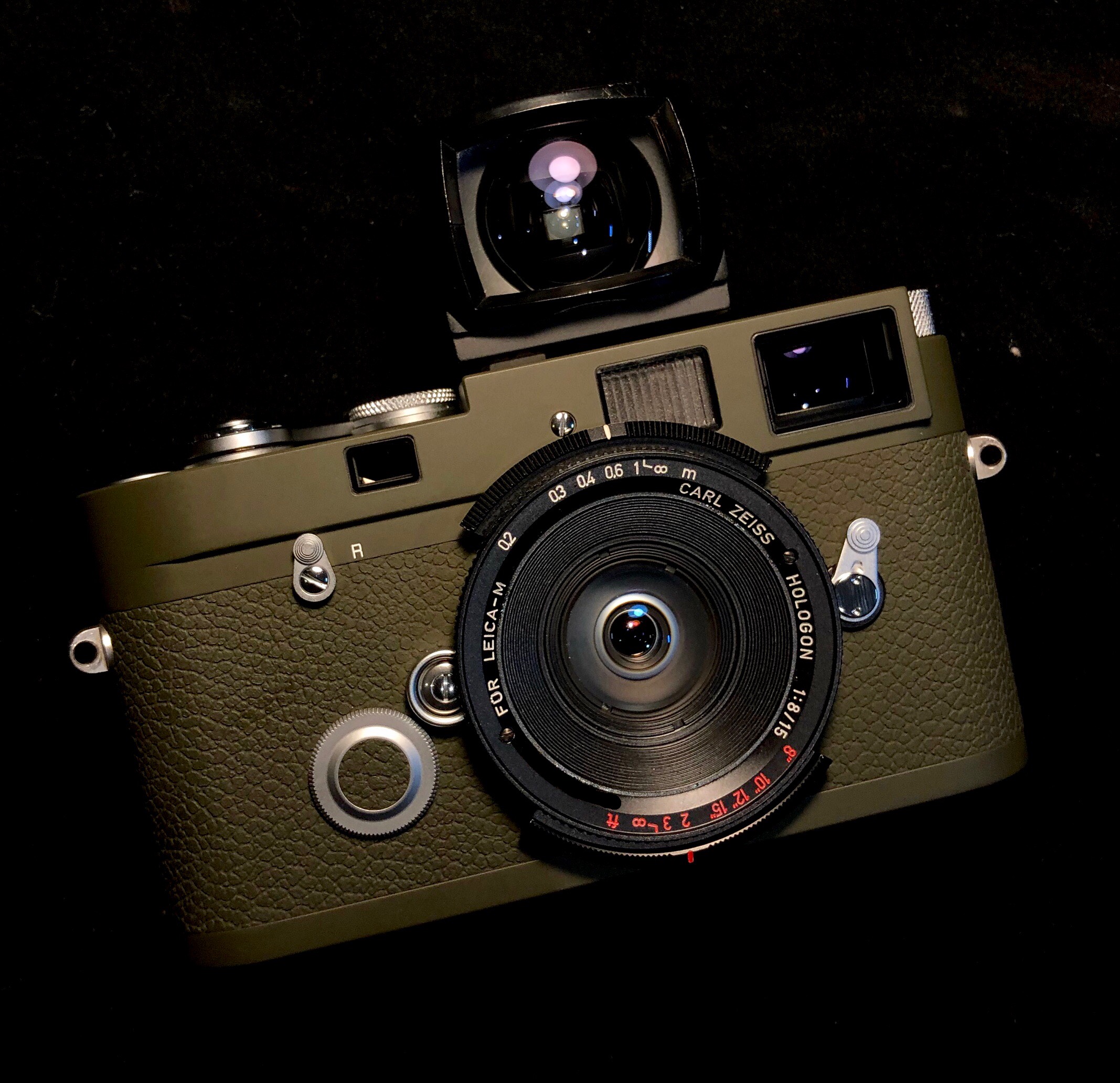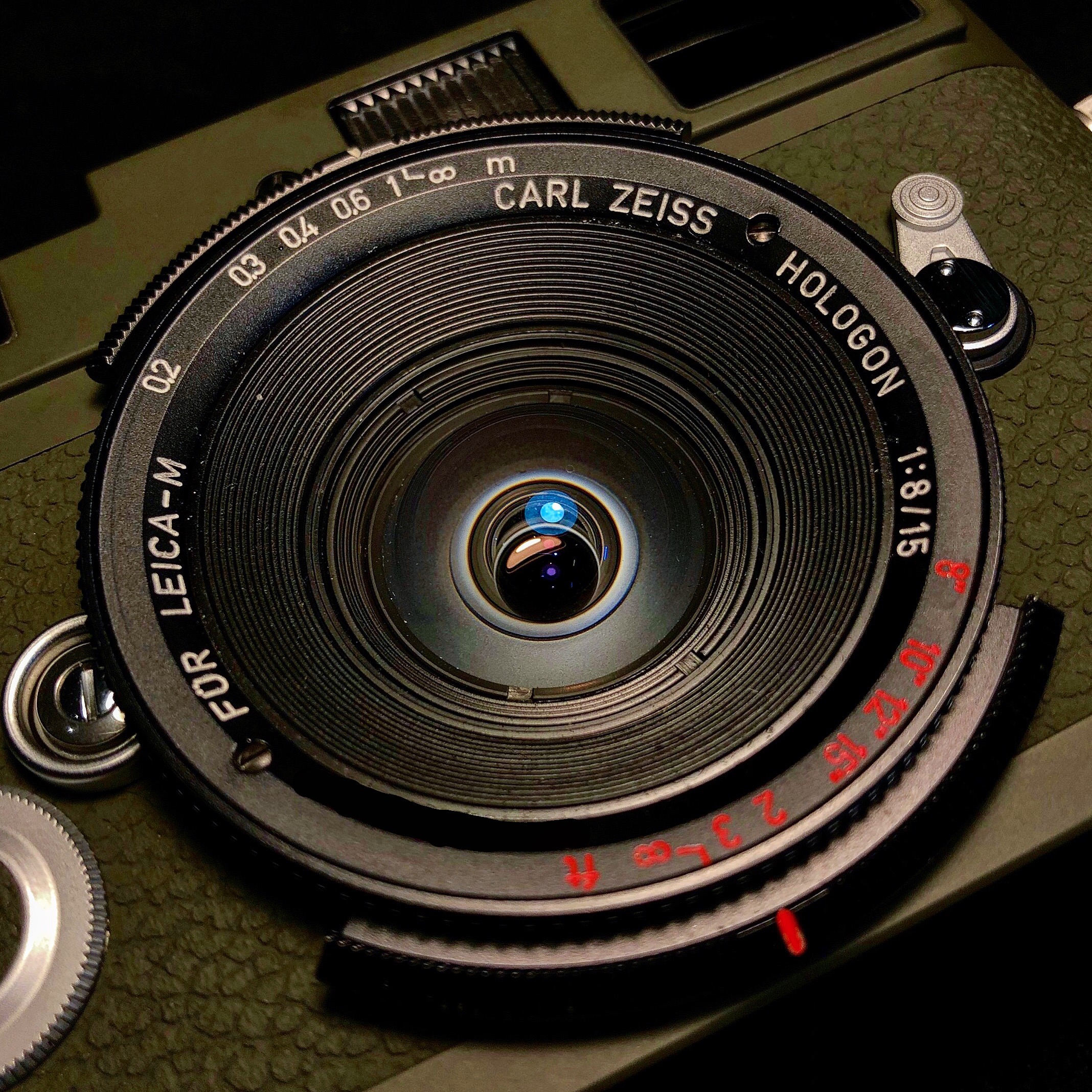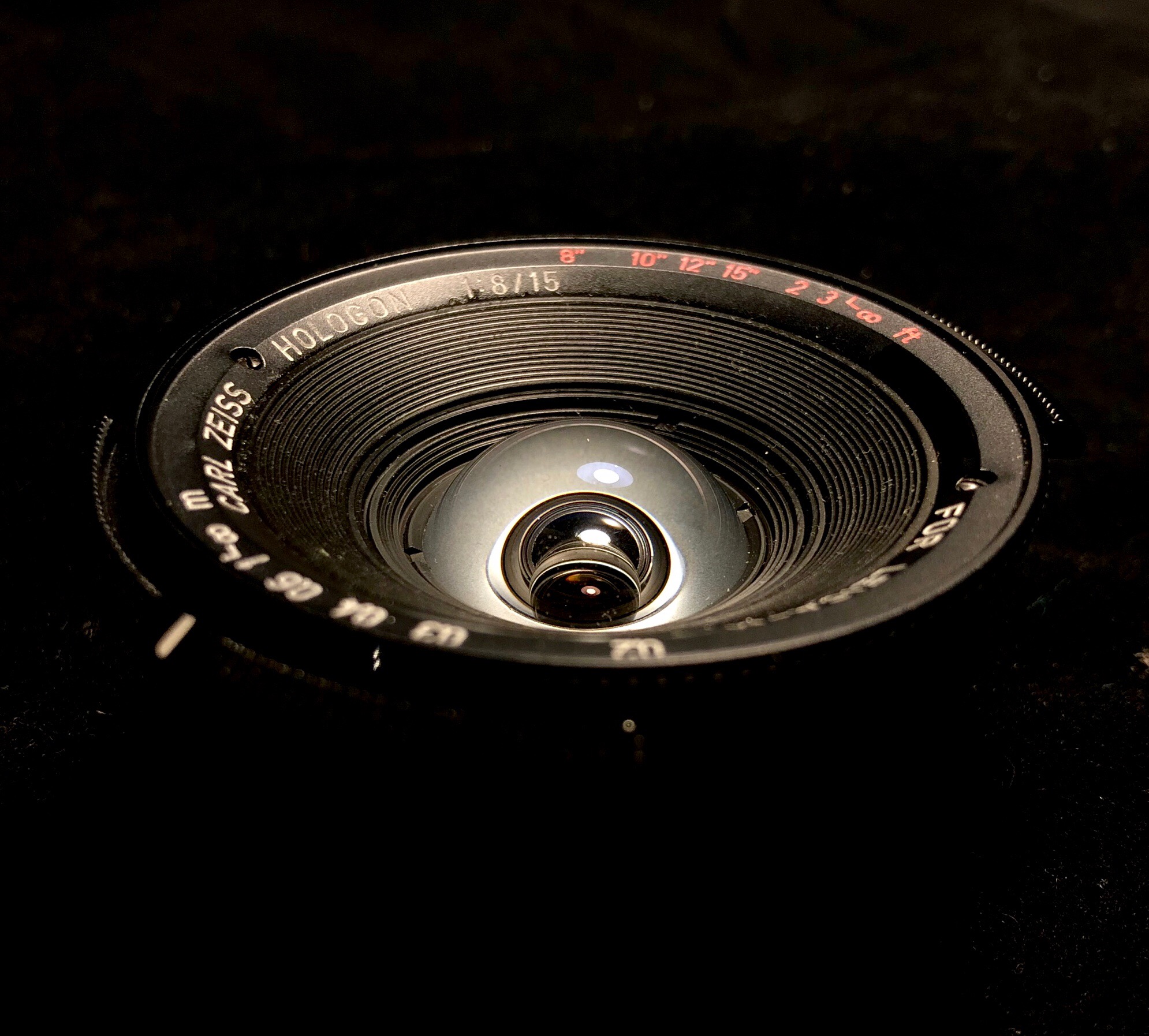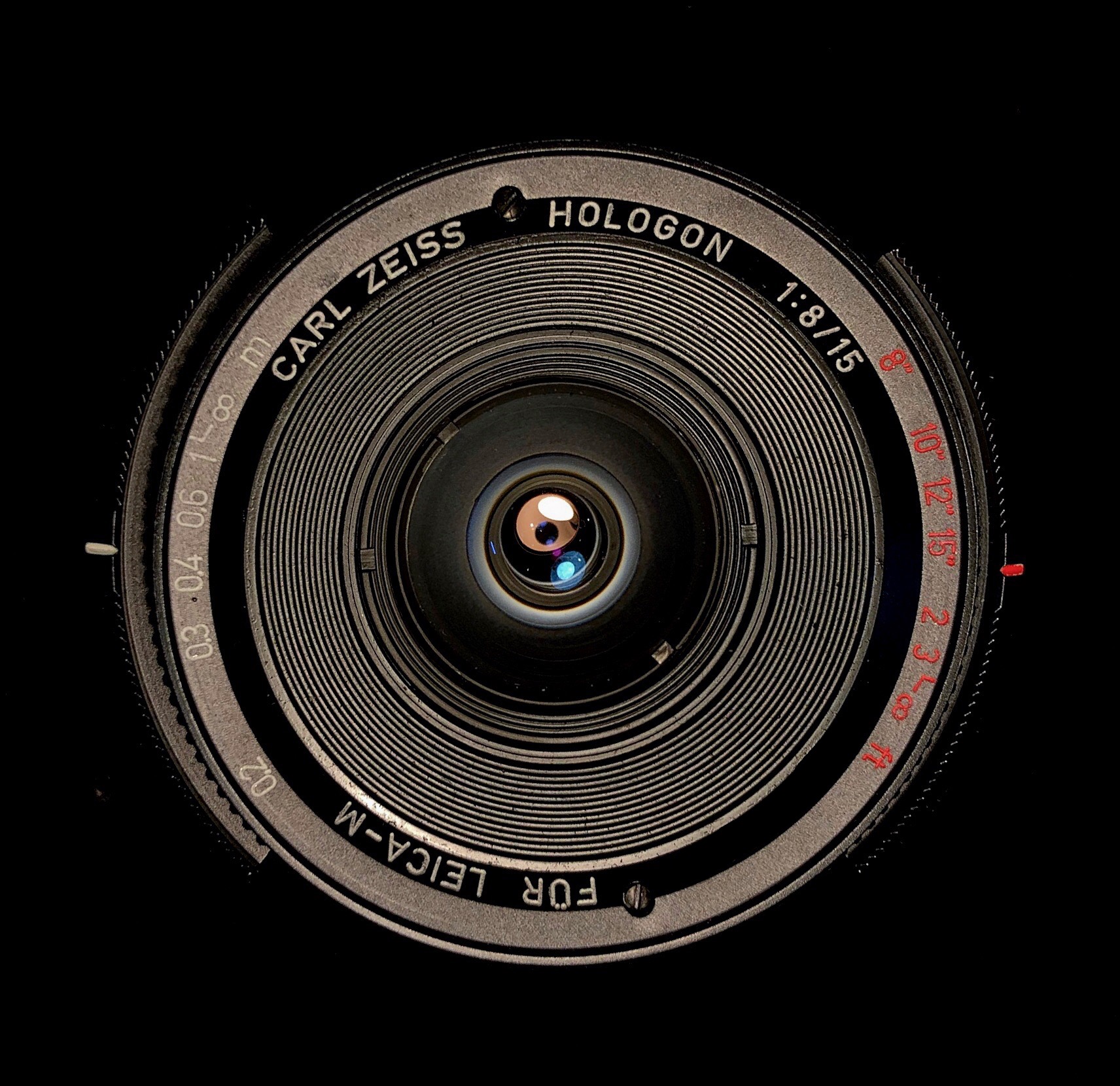The Zeiss Hologon 15mm F8 is a legendary wide angle lens. It is ultra rare as only 225 sets ever produced for Leica M Cameras. The Zeiss Hologon was released in the 1960s and the original 15mm F8 lens was made as a fixed ultra wide angle lens for the Hologon camera. Leica converted the remaining Hologon lenses to M-Mount in 1972, which was the widest angle lens available for Leica M Rangefinders.
Build Quality
The Zeiss Hologon 15mm F8 for Leica M is an incredibly small and thin lens. The size of the Hologon lens is almost identical to a regular metal cap for Leica M Cameras. The lens is made of full metal and has hefty weight when held in hands. It is still solidly built and well constructed but you wouldn’t notice its weight when mounted on the camera.
Image Quality
The Zeiss Hologon 15mm F8 was the widest angle lens at the time and obtained legendary status in the world of wide angles due to its amazing optical performance. The Hologon lens offers 110° diagonal angle of view and capable of handling strong glare. The lens delivers extremely high resolution across the field along with great contrast and colour rendition.
There is barely any visible distortion and the edge distortion is minimal. This is almost impossible to achieve for ultra wide angle lenses thatmade possible by a tight tolerance lens construction, which consists of a triplet lens design formula combining with an incredible minimal back focusing distance to ensure perfect optical performance.
Practical Use
The Zeiss 15mm Hologon feels almost non-existent when mounted on Leica M Rangefinders. It is incredibly tiny and thin but you wouldn’t have issues turning the focus ring. There are two metal bars on the top and bottom of the lens, the top section is marked by a white central dot with white metric scale and the bottom section is marked by a red central dot with red distance scale measured in feet. The focus turns in both directions and the turning motion is exceptionally smooth.
The Hologon lens set comes with a Graduated Centre Filter and an Optical Viewfinder. The optical viewfinder provides the exact 15mm frame line required to compose accurately. The graduated centre filter is effective to reduce the vignetting and chromatic aberration of this ultra wide angle lens.
Specifications
Lens Mount: Leica M
Production Years: 1960s - 70s
Construction: 3 Elements / 3 Groups
Fixed Aperture: F8
Closet Focusing Distance: 0.2m (Non RF Coupled)
Filter: Graduated Centre Filter
Versions:
Zeiss Hologon 15mm F8 Original Fixed Lens for Hologon Camera
Zeiss Hologon 15mm F8 for Leica M
Zeiss Hologon 16mm F8 for Contax G
Comparison
The differences between the original 15mm f8 hologon and the hologon for Leica M remains cosmetic rather than optical. Both versions maintained the same optics but there are slight differences in the appearance. The Hologon for Leica M version uses red coloured scales and the distance scale is provided at the opposite end. The Hologon for Leica M also comes with accessories of separate optical viewfinder and graduated centre filter made by Leica as standard.
The 16mm F8 Hologon was reintroduced in the 1990s for Contax G series cameras. The focal length has been increased marginally from 15mm to 16mm and the aperture remained the same at fixed f8. The Lens was produced in both black and silver finishes, supplied with modern bubble optical viewfinder and a rectangular graduated centre filter as standard accessories. The optical construction for 16mm F8 hologon has been modified with 5 elements in 3 groups compared to the original lens design consisting of 3 elements. The lens coating on the 16mm f8 hologon has also been improved with modern T* coating by Zeiss.
Conclusion
The Zeiss 15mm F8 Hologon for Leica M is a legendary lens in the world of wide angle lenses. Due to its rarity and astonishing optical performance, it remains as the most desirable and high collectible ultra wide angle lens among Leica users today. Keep in mind during practical use, this lens benefits the most when using on Film Leicas or shooting monochrome on Digital Leica Cameras.

















